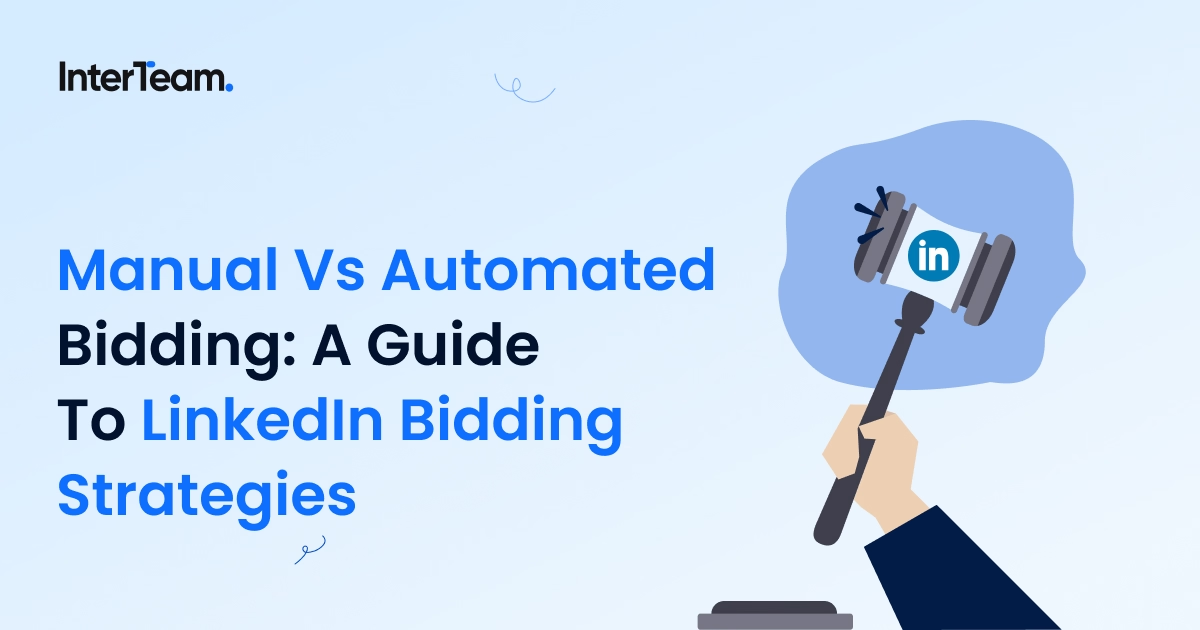How To Run A Google Ads Brand Campaign
While many advertisers are focused on targeting competitor audiences through Google Ads, many are neglecting to protect their own brand.
This creates a tug-of-war of in-market audiences jumping between you and your competition, with neither really getting a leg up. The key to truly owning your market is to attract your competitors’ audiences and keep them there by protecting your own branded searches.
We’ve already covered how to attract competitor audiences in our How to Target Competitor Audiences Guide. In this post, we’ll break down the exact strategies we use to run successful Google Ads Brand Campaigns and protect your leads once you’ve won them.
What Are Google Ads Brand Campaigns?
A Google Ads brand campaign is a search campaign focused on protecting your own branded terms.
These campaigns help ensure the leads you’ve attracted stay within your sales cycle instead of jumping to your competitors.
As your market presence grows, competitors are more likely to start bidding on your branded searches.
This is because competitor keywords are one of the easiest ways to reach in-market audiences, especially when paired with high-intent phrases like “[Brand] pricing,” “[Brand] alternatives,” or “[Brand] reviews.”
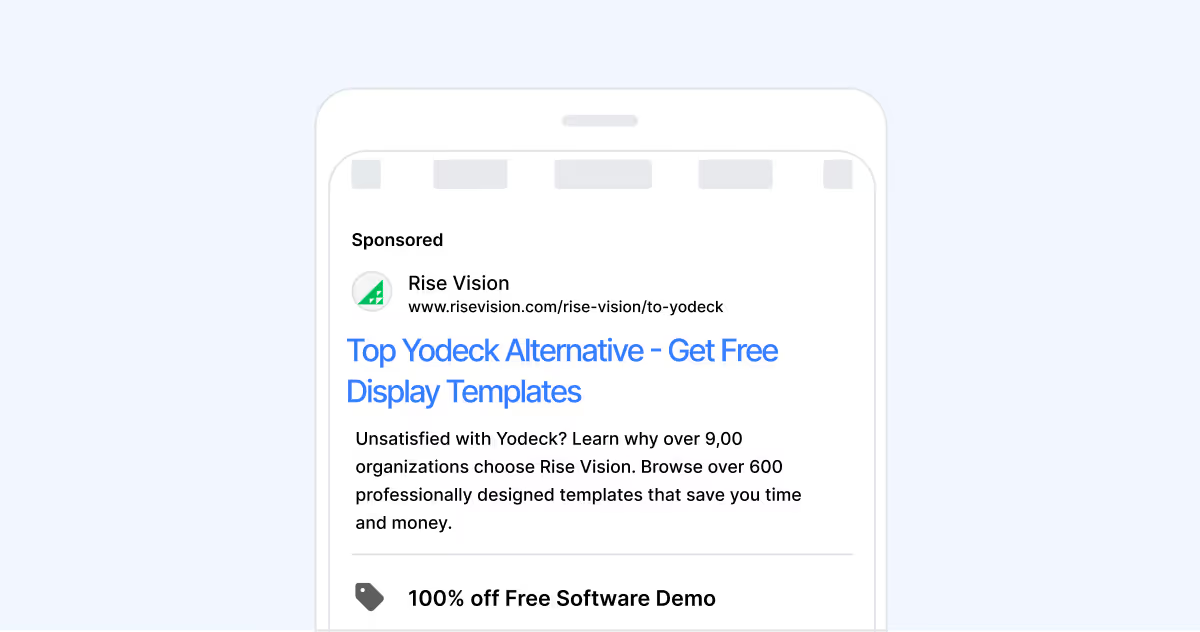
But by owning your own branded searches, you ensure your hard-won leads stay within your funnel while creating additional touchpoints to meet them with tailored messaging.
In this guide, we’ll break down all of the ways that a Google Ads brand campaign can support the customer journey and share the exact strategies our agency uses to run them successfully.
Why Brand Campaigns Matter
There is a common misconception that you don't need to bid on your own branded keywords because if someone is searching for your brand, they are already familiar with your offer.
This is simply not true.
Below are just a few of the reasons why brand campaigns in Google Ads are so important.
Brand Protection Against Competitor Bidding
Many brands believe that ranking #1 in organic results is enough.
But paid ads actually appear first. That means that if you aren't bidding on your keywords, your competitor's ad is the first thing someone will see when they search for your company.
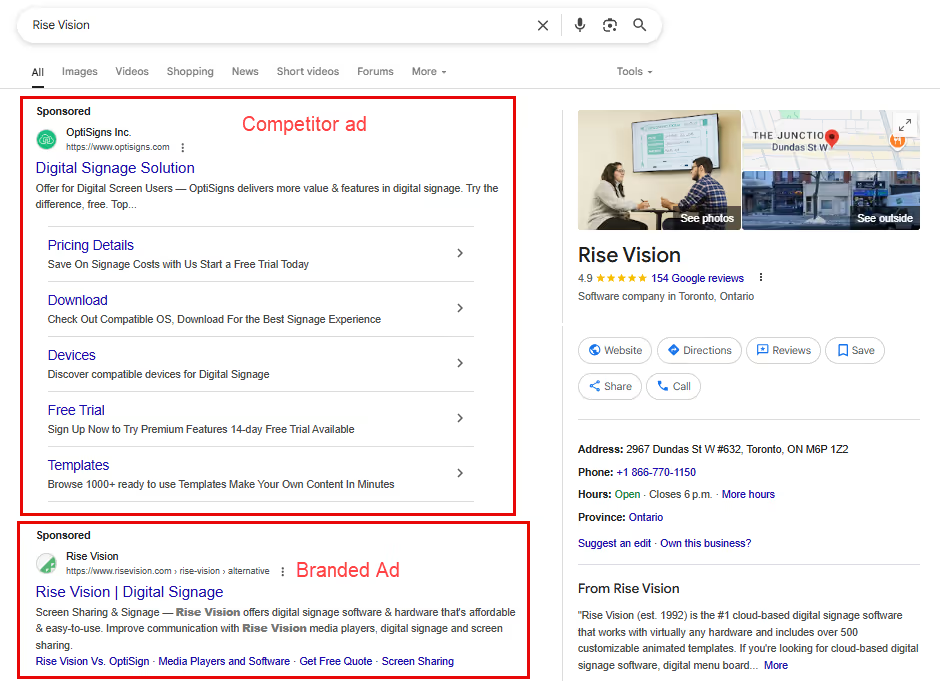
That gives your competitor way too much power to attract leads away from your funnel.
Instead, running your own brand campaign keeps you in that top spot, ensuring leads stay in your funnel, often at much lower costs than acquiring cold leads.
Access to Bottom-Funnel, High-Intent Traffic
If someone is searching for your brand, the chances are that they are already familiar with your offer and are actively considering it as a solution.
As a result, brand campaigns tend to convert at higher rates, especially in B2B industries where sales cycles tend to be longer and require more research.
This is exactly why targeting your competitor's audiences is so valuable. But on the other side of it, you don't want to be losing your leads just before they are ready to convert.
But by running brand campaigns, you reinforce the bottom of your funnel to drive conversions at the final legs of their buying journey.
Full Control Over Messaging and Landing Pages
With organic search, Google's algorithm decides which page ranks. But with Google Ads, you decide what the users see.
As a result, paid ads give you more control over conversions by letting you tailor your messaging and landing pages to a user’s specific search intent.
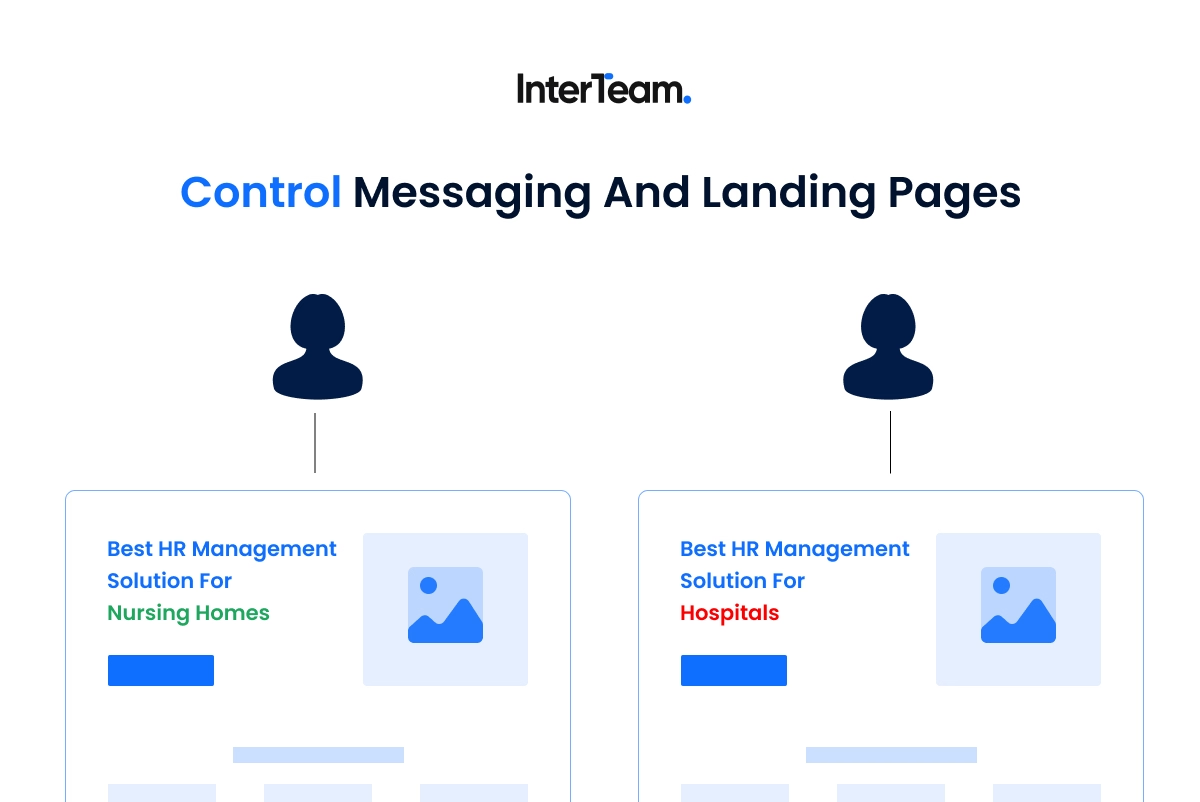
You can run A/B tests to see what creative works best, and meet each user with a landing page that answers their specific query.
Are they searching for prices? Send them to a conversion-optimized pricing page. If they are looking up alternative solutions, send them to a competitor comparison that shows why your offer is better.
By controlling your branded terms, you can position your offer around each user’s specific pain points.
Stronger Brand Visibility and Trust Across SERPs
Ideally, when someone searches for your brand, your presence should dominate the search results page.
By owning both the organic results and paid ad spaces, you psychologically increase the perceived trustworthiness of your brand, making audiences more likely to consider your offer.
While it’s not always possible to occupy every paid slot, you can strengthen your visibility with ad extensions like sitelinks, callouts, and reviews, giving you more real estate than your competitors and keeping attention on your offer.

Lower CPCs and Higher Quality Scores
When bidding on general industry keywords, you and your competition are on even ground. But when it comes to your branded terms, you have the leg up, especially if your brand is a trademarked term.
This is because Google Ads policy restricts the use of trademarked terms in ad copy.
Competitors can still bid on the keyword, but it can’t appear in their ad or on their landing page. You, as the trademark owner, can use it in both.
As a result, your branded ads naturally earn higher Quality Scores, giving you more visibility at lower CPCs than competitors targeting your keywords.
Valuable Insights From Assisted Conversions
Beyond conversion performance, the data from Google Ads brand campaigns is extremely valuable.
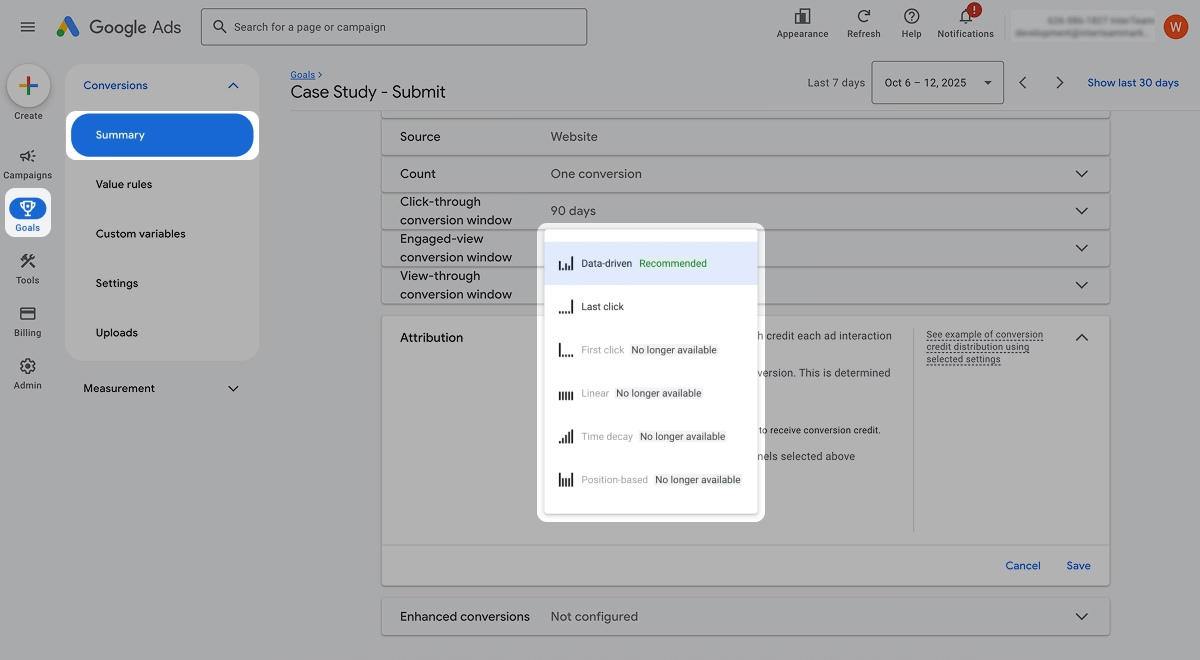
The platform offers several attribution models to choose from, including:
- First-Click Attribution
- Last-Click Attribution
- Linear Attribution
- Time-Decay Attribution
- Position-Based Attribution
- Data-Driven Attribution
With the exception of first and last click attribution, these models provide varying degrees of attribution for ads depending on when they appeared during the sales cycle.
While not every ad may drive a conversion, this data provides valuable insights into which ads helped guide users further down the funnel, allowing you to see which brand campaigns are actually driving results.
5-Step Google Ads Brand Campaign Strategy
Running an effective Google Ads brand campaign requires more than just bidding on your branded terms. That’s an easy way to waste ad spend while generating limited results.
Here are a few best practices we use to maintain a strategic, analytical, and consistent Google Ads brand campaign.
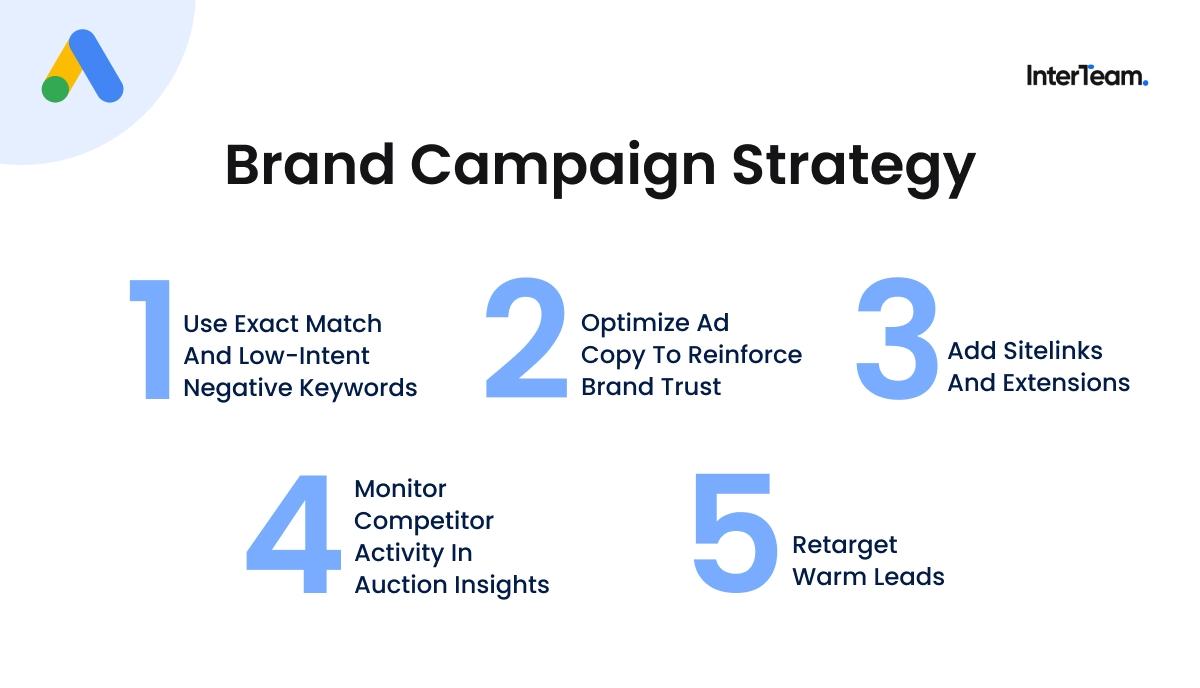
1. Use Exact Match and Low-Intent Negative Keywords
Google Ads offers three different match types for its keyword targeting. But for brand campaigns, we suggest sticking with exact match keywords.
This way, you can focus your keyword lists specifically on your brand, including sub-brand and misspellings, without worrying about the unqualified traffic that can often come with phrase or broad match keywords.
At the same time, you also want to apply negative keywords. Not all branded searches are inherently purchase intent. You want to limit bids on navigational searches or career-oriented searches by applying negative filters for terms like "[Brand] Jobs" or "[Brand] Address."
By combining exact match keywords that signal high intent with a strong negative keyword list, you ensure your branded campaigns focus only on audiences who are ready to convert.
For more help, you can always use our Competitor Keyword Generator to see which high-intent branded keywords you should be protecting.
2. Optimize Ad Copy to Reinforce Brand Trust
With your keywords identified, the next step is crafting ad copy and landing pages that directly respond to a user’s search.
Here are a few tips we use to create conversion-optimized ad copy:
- Write ad copy that reflects your brand tone and value proposition.
- Include brand name in headline and description for maximum relevance.
- Highlight new offers, features, or proof points (e.g., testimonials, stats).
- Create a dedicated landing page that matches the intent of the search.
- A/B test different ad copy and landing page combinations to see what performs best.

For a deeper look at ad copy testing and optimization, check out our Guide on How to Write Conversion-Optimized Google Ads Copy.
3. Add Sitelinks and Extensions
A simple way to enhance the performance of your branded ads is by adding sitelinks and extensions. These are elements that provide additional insight into your offer while occupying additional space on search engine result pages.
Some of the most common extensions we use include:
- Logo and Business Name Extensions – reinforce brand identity and trust.
- Sitelink Extensions – direct users to high-value pages such as pricing, case studies, or demos.
- Callout Extensions – emphasize quick selling points like “No Setup Fees” or “24/7 Support.”
- Structured Snippet Extensions – list key offerings, service categories, or feature sets.
- Promo Extensions – highlight limited-time deals, free trials, or special discounts.
- Image Extensions – include eye-catching visuals such as product previews or dashboards.
- Call Extensions – give users the option to contact your team directly by phone.
- Lead Form Extensions – allow users to submit their information without leaving the ad.
- Price Extensions – display your pricing tiers or plan options right within the ad.
- App Extensions – encourage mobile users to download or open your app directly.
- Location Extensions – show your address, operating area, or Google Maps location to nearby users.
By applying these extensions, you increase the visual footprint of your ads, push competitors further down the page, and keep audience attention focused on your brand.
4. Monitor Competitor Activity in Auction Insights
Protecting your brand requires ongoing attention. You might set the highest bid on your branded keywords today, but a competitor can adjust their bid tomorrow.
That’s why running a brand campaign should be treated as a daily routine.
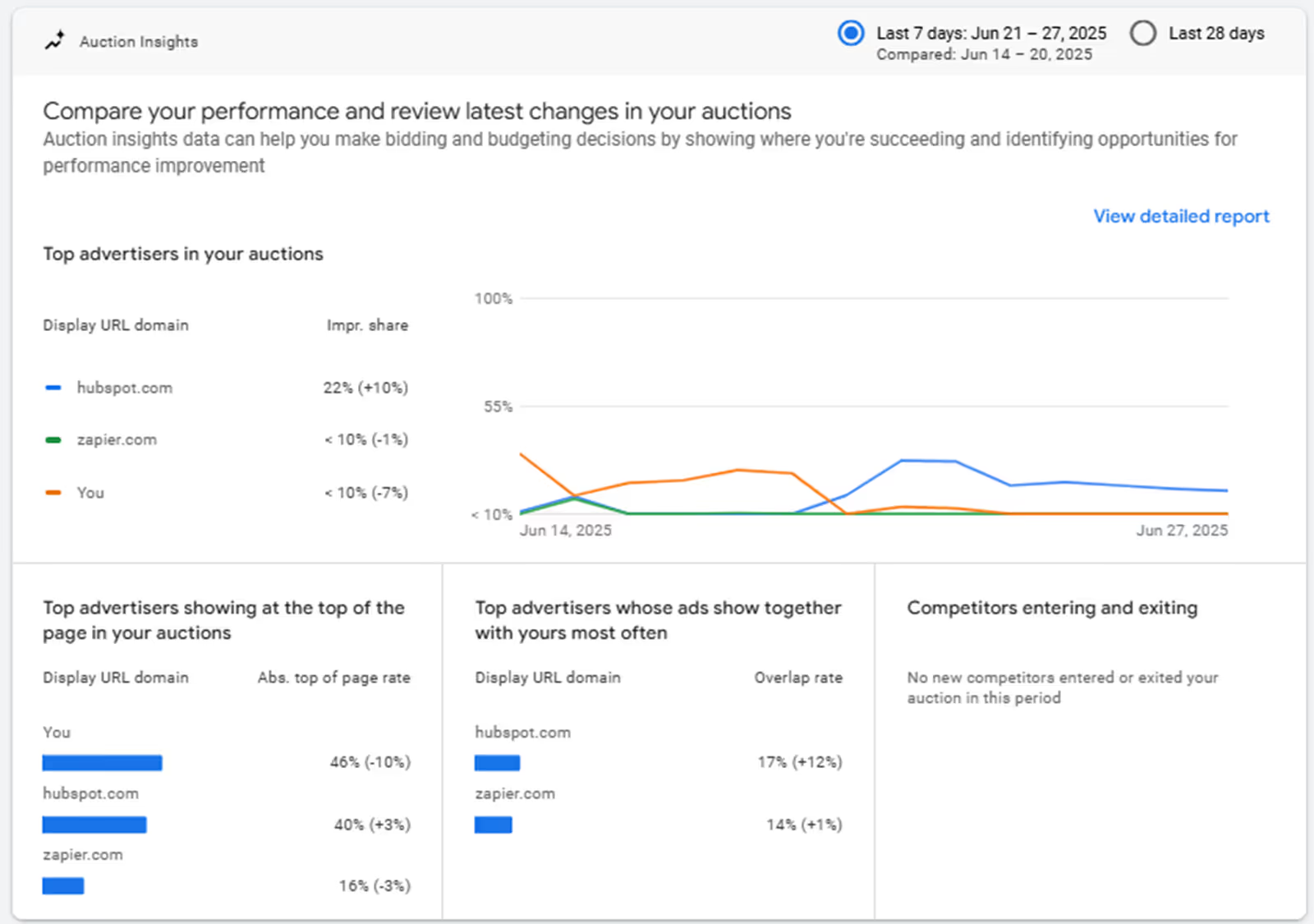
Check the Auction Insights Report regularly to see who’s bidding on your brand and how often. Use that data to adjust your bids, ad scheduling, and targeting so you maintain the top position.
5. Retarget Warm Leads
Whether drawn away by competitors or simply not ready to convert, audiences that search for your brand but didn't convert are prime candidates for retargeting campaigns.
They’ve already shown interest in your offer and likely just need a fresh reason to come back.
The advantage here is that you already know what matters to them. Using their prior interaction with your brand, you can tailor messaging that speaks directly to those pain points.
Was their last interaction on your pricing page? Create an ad that emphasizes the value your offer delivers. Better yet, give them an exclusive promotion to hook them in.
Retargeting campaigns also don't have to be limited to just Google Search. In fact, they perform better when you use the data to enhance your visibility across platforms. Expand your retargeting campaign to Display and other channels to create consistent brand exposure and recognition that drive conversions.
How Brand Campaigns Have Helped Our Clients
Brand campaigns are a critical component of any Google Ads strategy, yet they’re often overlooked by in-house advertisers. We’ve managed hundreds of campaigns and see it time and time again. Clients focus on targeting their competitors but take no steps to protect their own brand.
Here are a few examples where brand campaigns played a key role in strengthening overall Google Ads performance:
- TeamSlide: 23x increase in sign-ups
- Coefficient: Back-to-back record quarters
- Celayix: 25% more MQLs and 3x higher conversion rates
- Pimly: 5x ROI in just two months
If you’d like to learn more about running effective Google Ads campaigns from start to finish, check out our Complete B2B Google Ads Guide.
Need Help Protecting Your Brand?
Are competitors outbidding you for your own brand name?
It’s time to launch a Google Ads brand campaign, and InterTeam has the experience and results to help you do it.
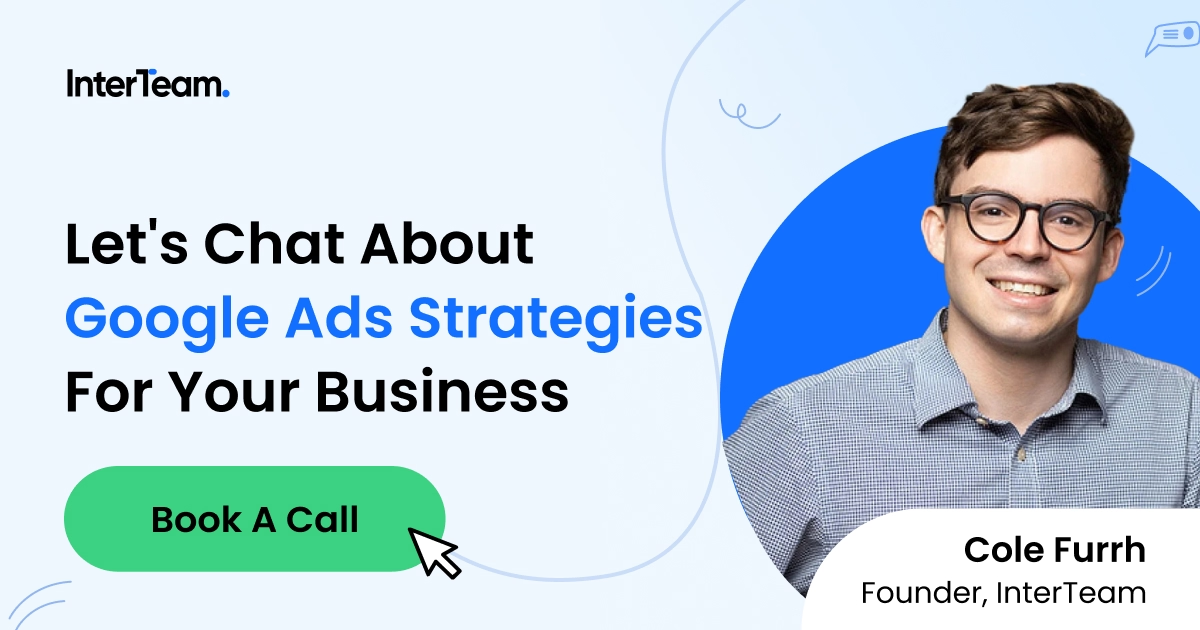
Book a free strategy call to learn how to protect your brand, improve ROI, and keep your leads away from the competition.
FAQs
Template question
Template text answer




